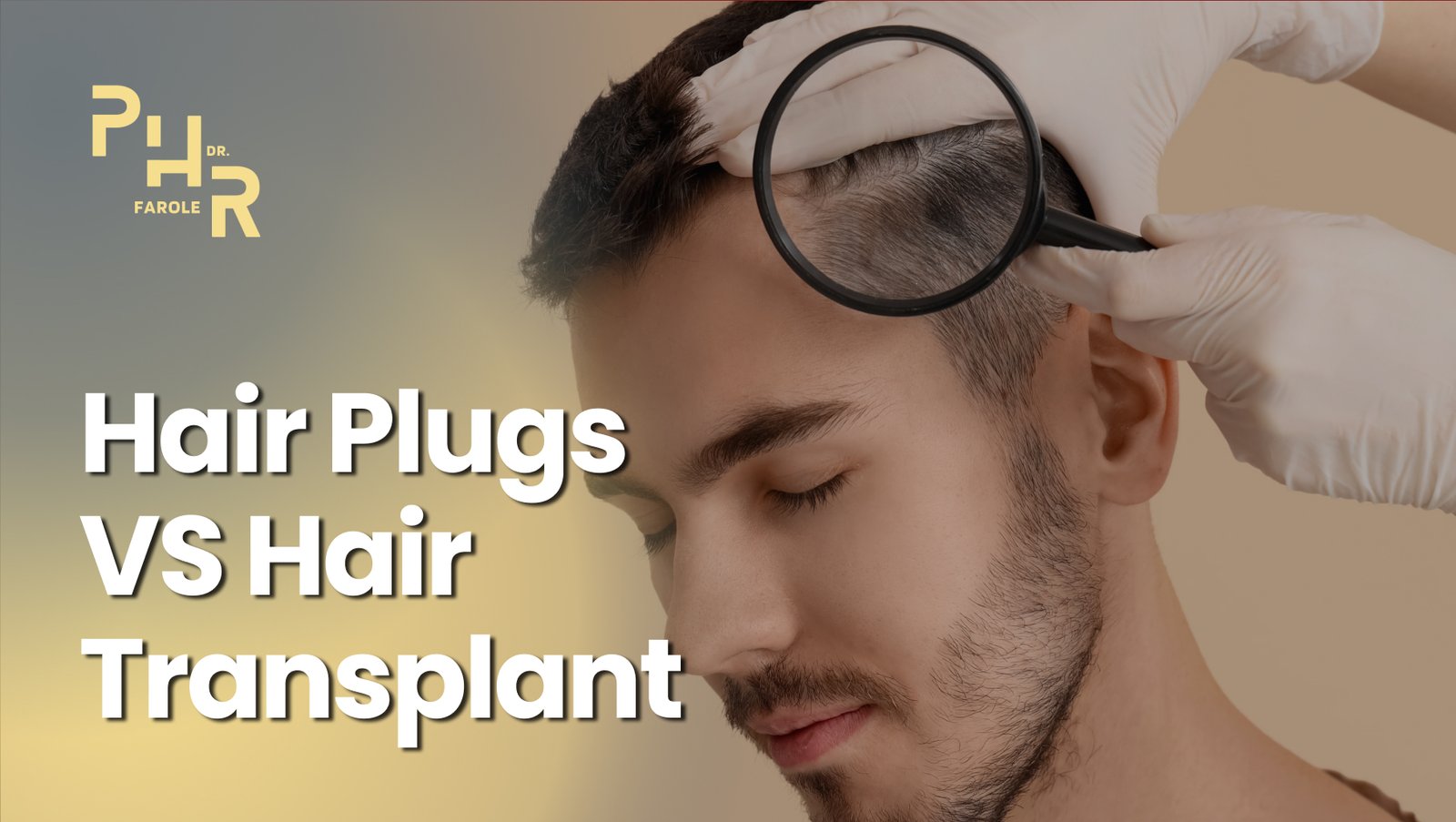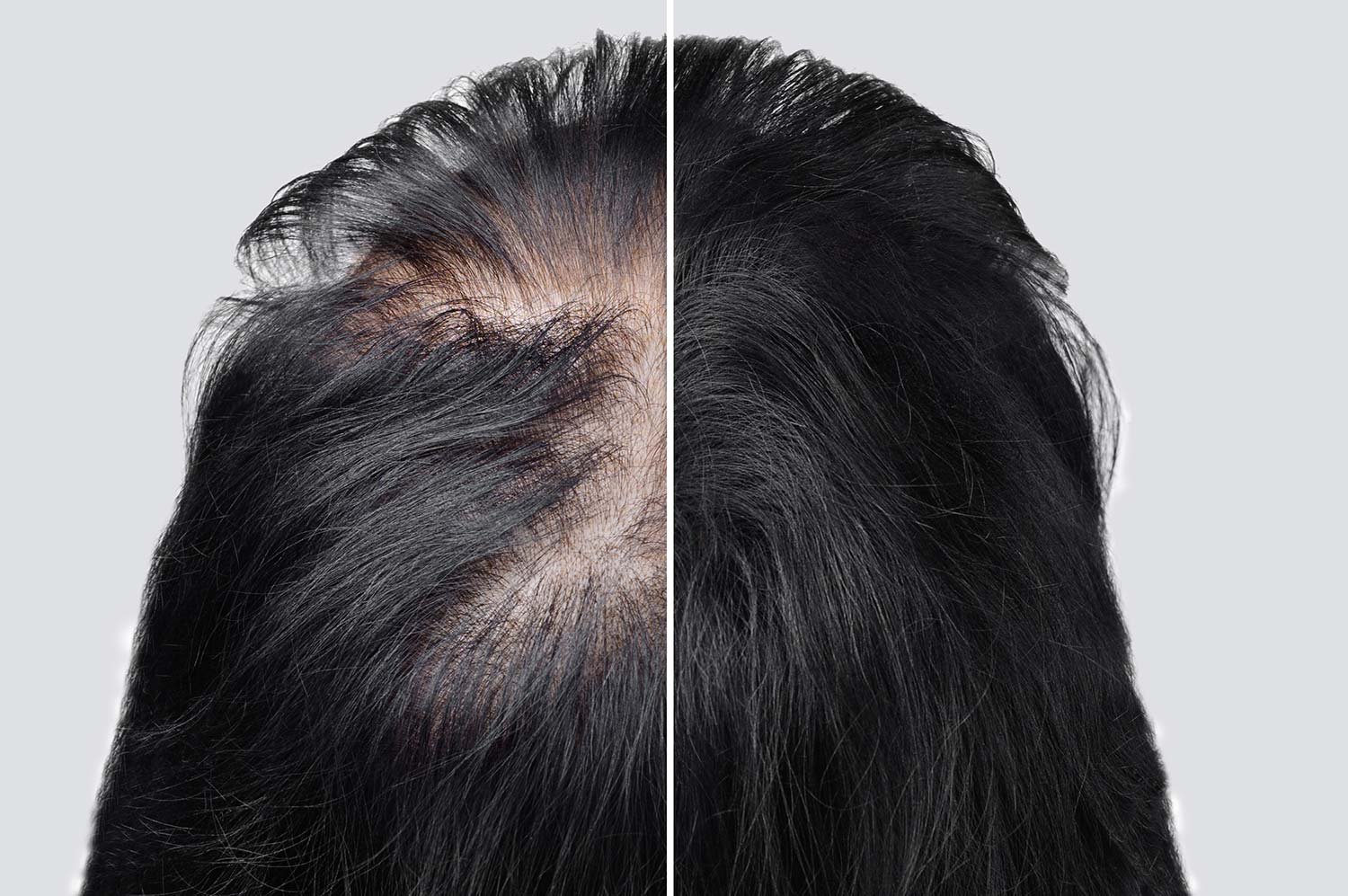As a woman considering hair transplantation, you likely have questions about the procedure.
In this guide, we cover all the essential details about hair transplants for women, including the causes of hair loss and the best candidates for transplantation. You’ll learn what to expect during the procedure, and when you’ll see long-term results to restore fuller, thicker hair.
If hair loss or thinning is impacting your confidence, Philadelphia Hair Restoration offers hair transplants using FUE and FUT to restore a thicker, fuller hairline. Contact us today to speak with a hair restoration specialist about the best hair transplantation procedure for you.
Hair Loss in Men and Women: Key Differences
The main difference between hair loss in men and women is the production of DHT, which is a hormone that men manufacture from testosterone. Women have less testosterone, so hair loss is less prominent in this demographic, and the pattern of hair loss is also different.
Male Pattern Baldness vs. Female Pattern Baldness
Male pattern baldness occurs in the temporal areas, the crown of the head, and anywhere in between. Typically, women experience thinning in the areas where they part their hair. They may also experience recession in the temple regions.
Unlike male hair loss, which follows a predictable pattern, women’s hair loss is often more diffuse, making it harder to detect in the early stages. While men may develop complete bald spots, women are more likely to retain their hairline but experience overall volume loss.
Causes of Hair Loss in Women
Women often lose their hair due to hormonal changes, especially as they approach menopause. When estrogen levels drop, testosterone levels can overpower them and cause hair to thin.
Other medical conditions, such as thyroid disorders, can cause hair loss. Acute stress, iron deficiency, self-inflicted habits such as hair pulling, and mechanical loss from hairstyles like extensions can also contribute to hair loss.
Do Hair Transplants for Women Require Different Techniques Than Men?
No, the hair transplantation technique is identical for women and men. We shave a small area in the back of the head in order to extract hair follicles for transplantation. If a woman has long hair, she can conceal the small shaved area in the back of her head with a combover.
What Makes A Woman a Good Candidate for A Hair Transplant?
Women who experience hair thinning or patchy hair loss due to genetics, hormonal changes, or trauma typically make good candidates for a hair transplant. Those with stable donor hair at the back of the head tend to see the best results.
However, widespread thinning, advanced hair loss from conditions like alopecia areata, or scarring disorders can reduce the likelihood of success. Your hair restoration specialist can evaluate your hair loss pattern and scalp health to determine whether a transplant is the best option for you.
Post-Transplant Hair Care For Women
We recommend following these aftercare guidelines to ensure the best results after your hair transplant:
- Avoid tight bands around the head, as well as putting on makeup or anything that could create tension in the transplanted area.
- Avoid using hot irons on or around the newly transplanted hair follicles.
- Hair dryers can be used but should be kept at a distance to prevent overheating.
- Avoid hair products like hairspray and mousse for about four weeks after the procedure.
- Hair should be brushed gently to prevent traction on the scalp.
- Avoid braiding the hair anywhere near the transplanted follicles, as this can create tension on the scalp.
How Long Does a Hair Transplant Last for Women?
Hair transplantation is a permanent solution. We use hair from the back of the head, the donor area, which consists of permanent hair. Once relocated, the hair will continue to grow unless it is physically removed.
When Can Women Expect Results from a Hair Transplant?
Hair begins to grow anywhere between 3 to 5 months after hair transplantation. Over time, the transplanted hair will become thicker. The full process usually takes between 10 to 12 months to see visible results.
How Long Does It Take for Hair to Grow To a Normal Length After Transplantation?
The waiting period for the final results depends on the hair length you prefer. If you keep your hair short, the total growth time from transplant to full length will be shorter. If you wear your hair long, it will take the natural course of hair growth to reach that length.
Essentially, the transplanted hair grows at the same rate as the rest of the hair on your scalp, similar to how hair grows after a haircut.
Restore Thicker, Fuller Hair with Philadelphia Hair Restoration
If hair loss or thinning hair are impacting your confidence, Philadelphia Hair Restoration can help. We offer hair transplants using FUE and FUT, so you can achieve the full, thick head of hair you’ve always wanted.
Contact us today to speak with a hair restoration specialist about the best hair transplantation procedure for your goals.



